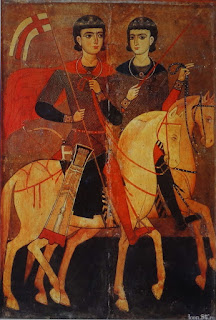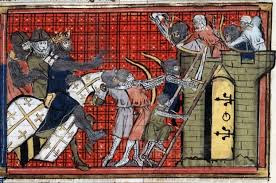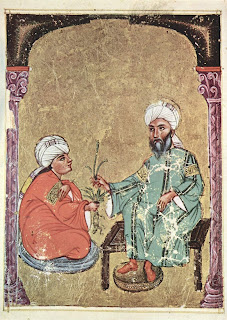Frankish MIlitary Innovations: Mounted Archers

The development of "fighting boxes" composed of infantry and cavalry fighting -- and moving -- as a tightly disciplined unit was a radical innovation in the fighting tactics of the medieval armies of the 12th and 13th centuries. The Frankish armies of Outremer developed and employed this tactic to great effect in countless battles, but it was not the only tactical innovation that enabled the crusader states to survive despite being surrounded by numerically superior enemies intent on pushing them into the sea. The other -- far too often overlooked -- innovation was the introduction of mounted archers. Yuval Harari has provided documentation to show that this arm made up on average 50% of the mounted strength of the armies of the Kingdom of Jerusalem. Today I look at the forgotten mounted archers of the crusader states. There was no tradition of mounted archers in Western Europe due to: 1) the cost of raising and maintaining horses of sufficient strength, agility, and intell

